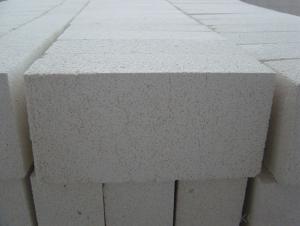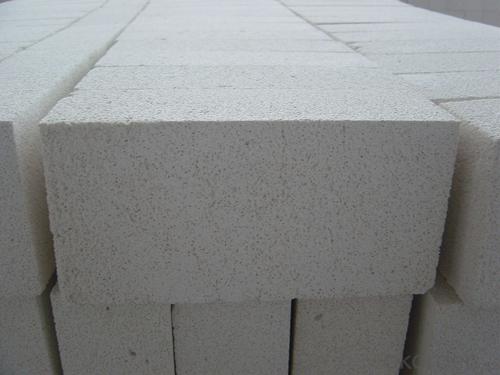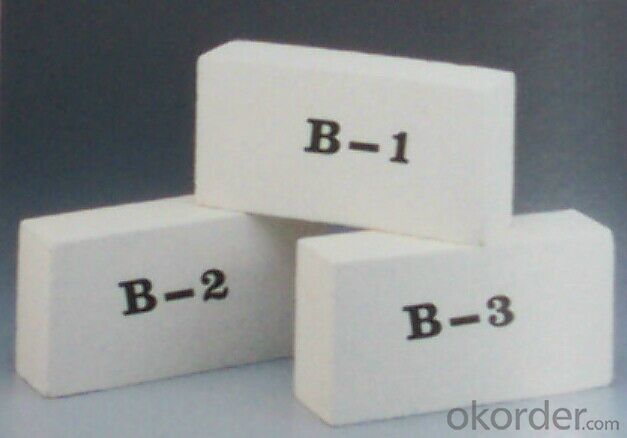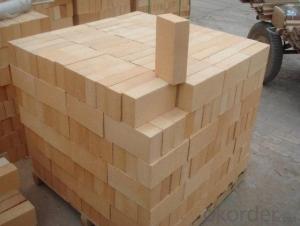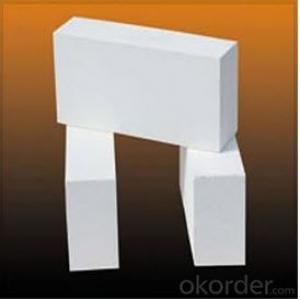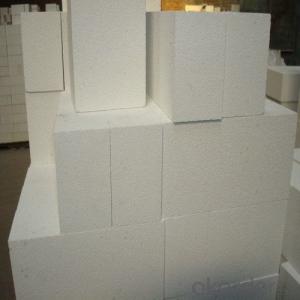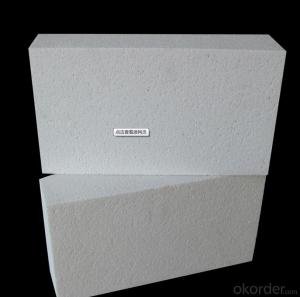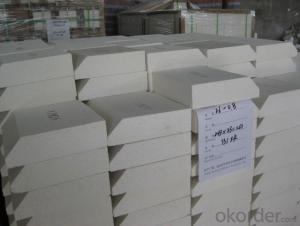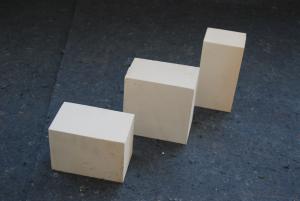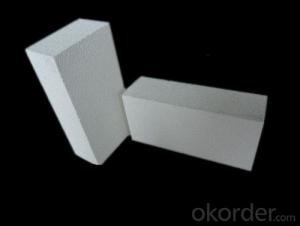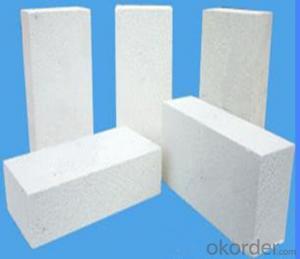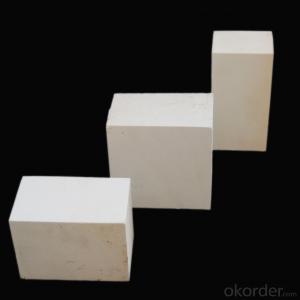Insulating Fire Brick - Refractory JM Mullite Insulation Brick B-5
- Loading Port:
- Shanghai
- Payment Terms:
- TT OR LC
- Min Order Qty:
- 10 m.t.
- Supply Capability:
- 1000 m.t./month
OKorder Service Pledge
OKorder Financial Service
You Might Also Like
Specifications
Low density.
2. Classification temperature:1610-1780.
3. Thermal insulation energy-saving effect is good.Refractory mullite insulating refractory brick JM 23
Okorder series heat insulation brick
Okorder series thermal insulation brick is an effective, energy saving, low carbon, environmental protection advanced, according to the ASTM standard manufacturing products. Okorder series products are best Li Ning and insulation in all types of industrial furnaces in the metallurgical field, aluminum, petrochemical, electric power and glass ceramic materials. They can be used as part of the working layer of thermal insulation or non - melting. Products have been widely used in the following furnace, achieved satisfactory results.
Application of heat preservation brick
Metallurgical Industry: blast furnace, hot blast furnace, heating furnace, etc..
Petrochemical Industry: ethylene cracking furnace, hydrogen production furnace, primary reformer, heating furnace, etc..
Ceramic industry: roller kiln, kiln, etc..
Glass industry: glass furnace regenerator, etc.
Carbon industry: carbon furnace, etc..
Aluminum electrolysis industry: aluminum reduction cell, etc.
Other industries: tunnel kiln, shuttle kiln, etc..
Advantages of heat insulation brick
Low thermal conductivity: more porosity will bring good thermal insulation effect, energy saving.
High crushing strength: high crushing strength, volume stability.
Low heat storage: small heat storage to absorb more heat, energy-saving effect is obvious.
Gao Chundu: iron, alkali metal impurity content is low.
The precise size: Brick size processing precision, special shape cutting and grinding, accelerate the brickwork.
Insulating brick picture
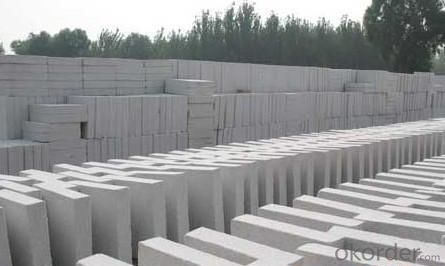
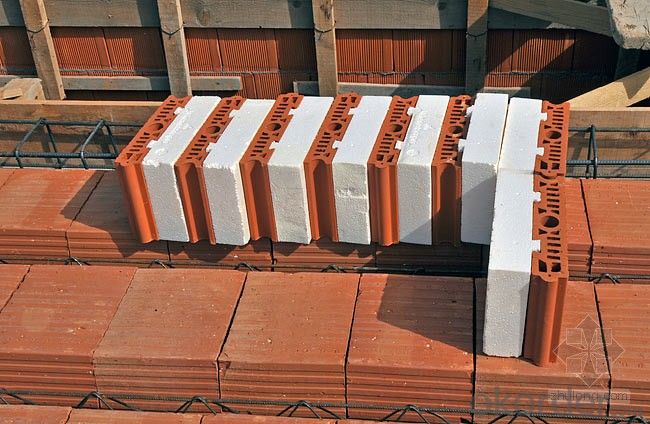
Common problem solutions
1. What products do you have?
We have all kinds of refractory bricks, refractory casting materials, mortar, cement, ceramic fiber products, etc..
Or you can browse our products to choose what you need.
2. How to control product quality?
With strict quality control system throughout the material selection and production process, we have the quality of refractory materials and ceramic fiber products to meet customer requirements.
From the selection of raw materials, the quality of our control to start. The quality certificate of the raw material is required, each batch of the products are to be tested in the use of the forward line. In the production process, the quality control by the workers, and then each piece of classification, and through the quality supervision and inspection.
3. Can you give me a brief introduction to the application of your product?
My company is mainly engaged in refractories in the steel, cement, glass, ceramics, petrochemical, electric power and other industries.
4. What information do you need if I need you?
In order to select the right products, we will provide us with information, such as the United States, technical data, order quantity, product application, etc..
If you have any questions, please contact us.
High alumina insulation brick,Insulation brick,Fireclay insulation brick
Features:
1. Low thermal conductivity.
2. High strength and resistance to corrosion.
3. Low heat capacity.
4. Low shrinkage after heavy firing.
5. High insulation.
6. High refractoriness.
7. Low density.
8. Good thermal shock resistance under high temperature.
9. Thermal insulation energy-saving effect is good.
Physical and chemical index:

Application:
Insulation brick can be widely used for lining or insulation layers of various industrial furnaces and kilns in metallurgical industry, machine building industry, ceramic industry, chemical industry.
- Q: Are insulating fire bricks resistant to nitric acid?
- Yes, insulating fire bricks are generally resistant to nitric acid due to their high refractory properties and chemical stability.
- Q: Are insulating fire bricks suitable for use in thermal shock applications?
- Insulating fire bricks prove to be appropriate for thermal shock applications. Specifically designed to endure sudden temperature variations without any cracks or breaks, they possess a low thermal conductivity and a high thermal resistance, making them an optimal choice for concerns related to thermal shock. Comprised of lightweight refractory materials, these bricks often contain a significant amount of alumina or silica, which grants them exceptional thermal stability and resistance to thermal shock. Their utilization can be seen in a wide range of high-temperature scenarios, including kilns, furnaces, and fireplaces, where they face extreme temperature fluctuations. Ultimately, insulating fire bricks demonstrate their suitability for thermal shock applications by effectively enduring abrupt temperature changes and maintaining their structural integrity.
- Q: Can insulating fire bricks be painted or coated?
- Insulating fire bricks have a specific design to endure high temperatures and offer efficient thermal insulation. Although it is technically feasible to apply paint or coating on them, it is generally discouraged. This is due to the possibility that the paint or coating might not withstand the extreme temperatures that the fire bricks encounter, leading to deterioration or even a potential fire risk. Furthermore, the act of painting or coating the fire bricks can diminish their insulating properties, defeating the initial purpose of their usage. Consequently, it is recommended to utilize insulating fire bricks in their original state, without any supplementary paint or coating.
- Q: Are insulating fire bricks suitable for use in cement plants?
- Yes, insulating fire bricks are suitable for use in cement plants. They are commonly used in high-temperature applications, such as kilns and furnaces, due to their excellent thermal insulation properties and ability to withstand extreme heat. Insulating fire bricks can help optimize energy efficiency, reduce heat loss, and provide a more controlled and stable environment in cement plants.
- Q: Are insulating fire bricks suitable for use in cement plants?
- Insulating fire bricks are indeed suitable for utilization in cement plants. Crafted from lightweight refractory materials, these bricks are specifically designed to withstand high temperatures and thermal shock. Their low thermal conductivity allows for effective insulation against heat transfer. In cement plants, where the production process generates elevated temperatures, insulating fire bricks can be applied in various ways. For instance, they can be utilized to line the kiln, which subjects raw materials to extreme temperatures in order to produce cement clinker. By possessing insulating properties, these bricks aid in minimizing heat loss and enhancing energy efficiency within the kiln. Moreover, insulating fire bricks can be employed to line the preheater tower and other areas within the cement plant that experience high temperatures. In doing so, these bricks provide both insulation and protection against the intense heat, consequently prolonging the lifespan of the equipment and reducing maintenance costs. Furthermore, the lightweight nature of insulating fire bricks renders them easier to handle and install in comparison to traditional refractory bricks. Consequently, this can save time and labor during the construction or repair of cement plant equipment. On the whole, insulating fire bricks are a suitable option for utilization in cement plants due to their resistance to high temperatures, low thermal conductivity, and ease of installation. Their implementation can contribute to enhanced energy efficiency, equipment durability, and cost savings within cement plant operations.
- Q: Can insulating fire bricks be used in refractory castings?
- Yes, insulating fire bricks can be used in refractory castings. Insulating fire bricks are lightweight and have high insulating properties, making them suitable for applications that require thermal insulation. This includes refractory castings, which are used to create linings in furnaces, kilns, and other high-temperature equipment. The insulating fire bricks can be used as a layer or as a part of the refractory casting mix to provide thermal insulation and reduce heat loss. Additionally, their low thermal conductivity helps in minimizing energy consumption and maintaining high temperatures within the casting.
- Q: Can insulating fire bricks be used in the construction of pottery extruders?
- Using insulating fire bricks in the construction of pottery extruders is a reliable and effective choice because these bricks have high heat resistance and insulation properties. They are well-suited for applications involving high temperatures, such as pottery kilns and extruders. The durability and longevity of the extruder are ensured as these bricks can withstand the intense heat generated during the pottery extrusion process. Furthermore, their insulation properties help maintain a consistent temperature within the extruder, which is crucial for achieving precise and consistent results in pottery production.
- Q: Are insulating fire bricks resistant to corrosion?
- Yes, insulating fire bricks are generally resistant to corrosion. Insulating fire bricks are made from high-temperature materials such as alumina, silica, and other refractory materials, which provide excellent resistance to chemical corrosion. These bricks are specifically designed to withstand high temperatures and harsh environments, making them highly resistant to corrosion caused by acids, alkalis, and other corrosive agents. However, it is important to note that the level of corrosion resistance may vary depending on the specific composition and manufacturing process of the insulating fire brick. Therefore, it is advisable to consult the manufacturer or supplier for specific information on the corrosion resistance of a particular insulating fire brick.
- Q: Do insulating fire bricks have a high fire resistance rating?
- Yes, insulating fire bricks have a high fire resistance rating. These bricks are specifically designed to withstand high temperatures and provide excellent insulation, making them ideal for applications where fire resistance is crucial. They can withstand temperatures as high as 3000°F (1650°C), making them highly reliable in various industrial and residential settings that require protection against extreme heat.
- Q: Are insulating fire bricks suitable for use in the construction of blast furnaces?
- Yes, insulating fire bricks are suitable for use in the construction of blast furnaces. Insulating fire bricks are made from lightweight materials such as ceramics and have high insulating properties. These bricks have low thermal conductivity, which helps to reduce heat loss and increase efficiency in the blast furnace. Additionally, insulating fire bricks have excellent resistance to thermal shock, meaning they can withstand rapid changes in temperature without cracking or breaking. This is crucial in blast furnace construction, as the intense heat generated in the furnace can cause regular bricks to deteriorate quickly. Insulating fire bricks also have high compressive strength, ensuring their durability and longevity in the harsh conditions of a blast furnace. Overall, the use of insulating fire bricks in blast furnace construction can enhance energy efficiency, improve the performance of the furnace, and prolong its lifespan.
Send your message to us
Insulating Fire Brick - Refractory JM Mullite Insulation Brick B-5
- Loading Port:
- Shanghai
- Payment Terms:
- TT OR LC
- Min Order Qty:
- 10 m.t.
- Supply Capability:
- 1000 m.t./month
OKorder Service Pledge
OKorder Financial Service
Similar products
Hot products
Hot Searches
Related keywords
